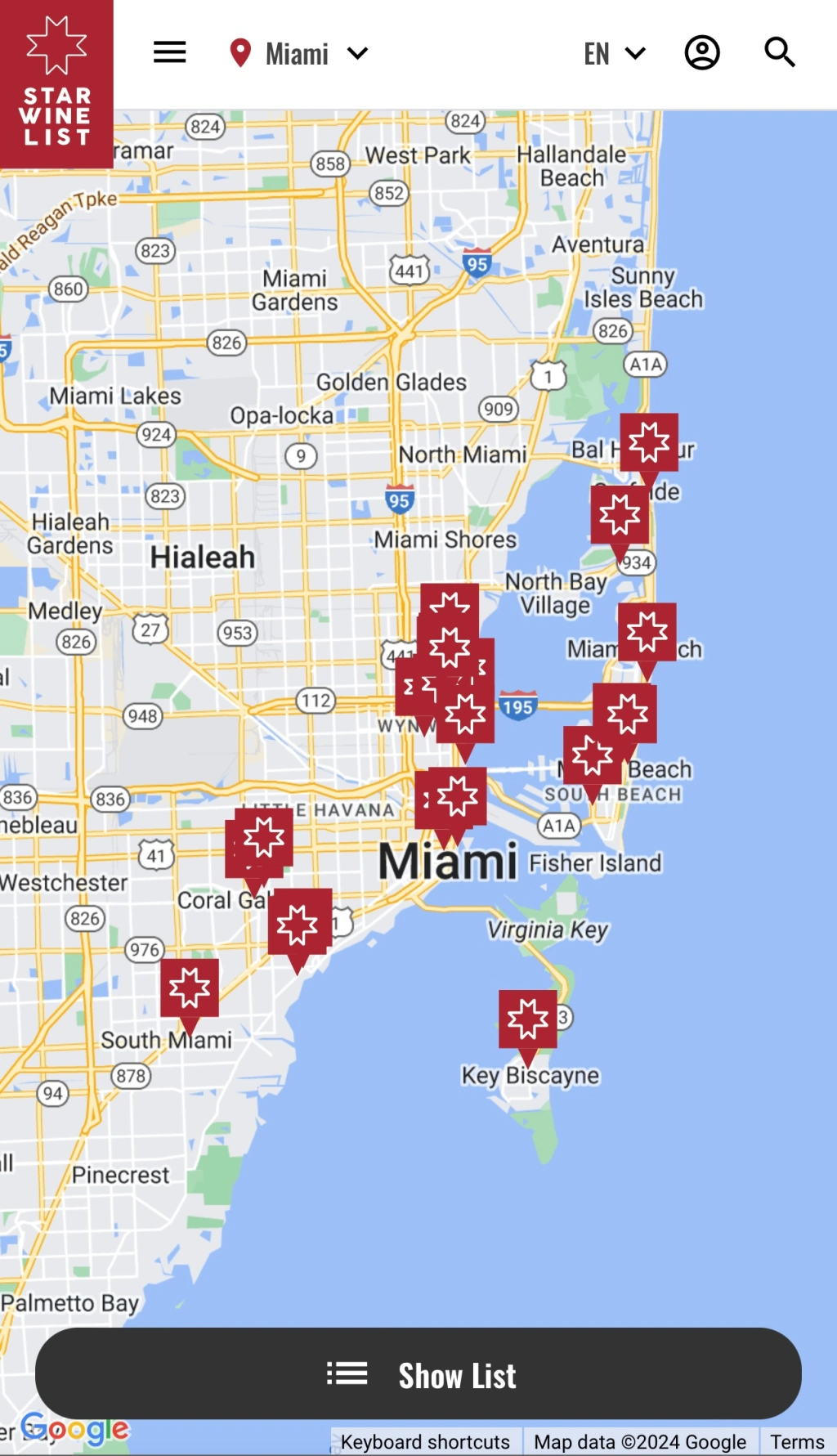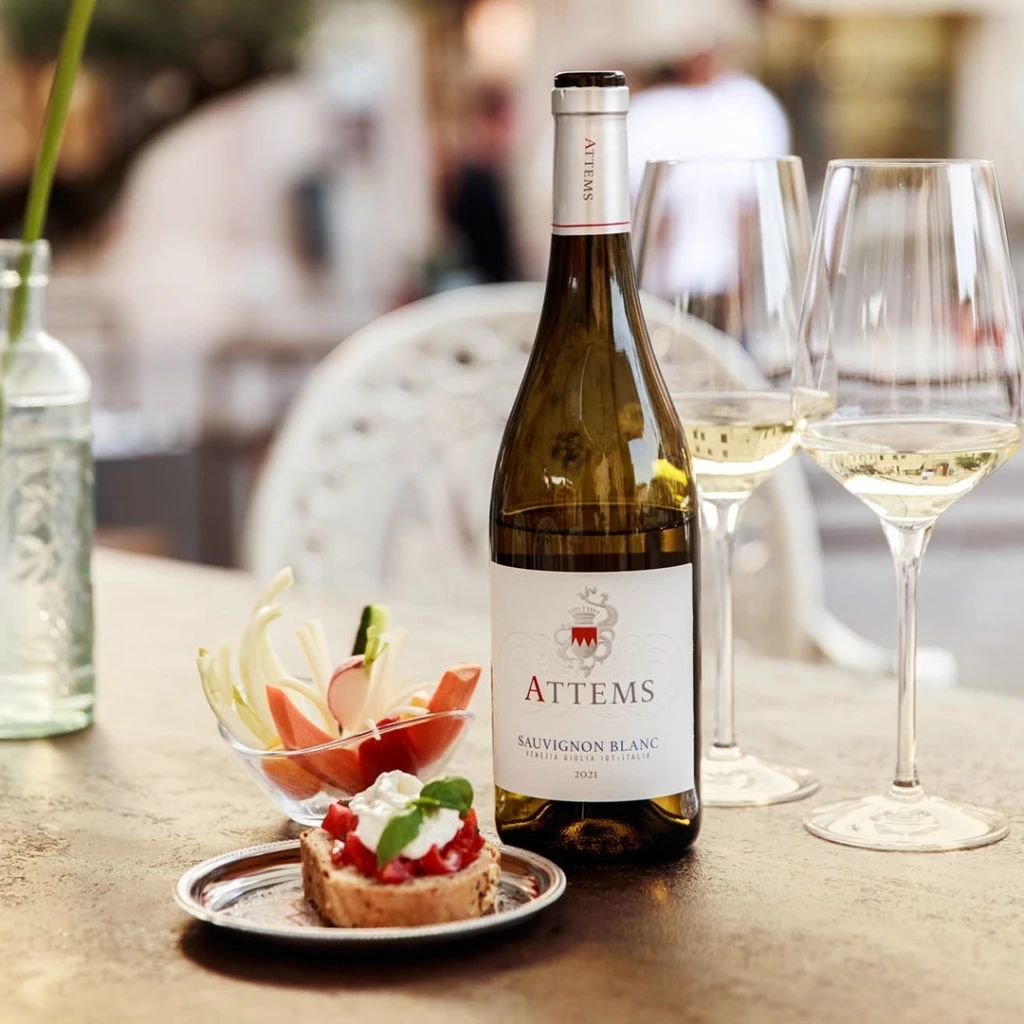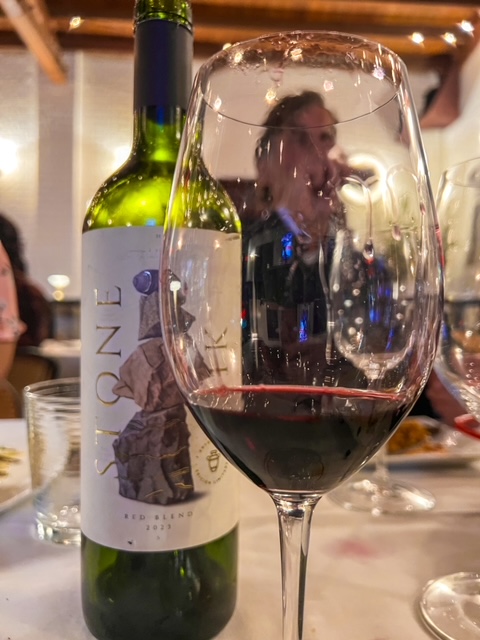It is simply undeniable that the Argentine Malbec has eclipsed many other red varietals as one of the most popular wines on the market right now. Rarely do you speak with a lover of wines who does not include Malbec in his or her list of favorites, and often these same people will be able to name a specific Argentine label they prefer. Few of those people will list the name of a French brand of Malbec that they drink often, or have tried at all. Interestingly enough, the Malbec grape has a home far away from the vineyards of Argentina in the bucolic Southwest region of France.
Cahors, France is thought of as the historic and spiritual home of Malbec. Here, clay and limestone-rich vineyards produce dark, full-bodied wines with strong tannins and intense flavors of black currant, cherry, and licorice. “The Black Wine,” as it is called, has been immortalized here since the Middle Ages when pilgrims, popes, kings, and tsars enjoyed it. The vines, first planted 2000 years ago by the Romans, have endured many hardships over the years, including the phylloxera epidemic that rocked much of the wine world in the late nineteenth century. Around the same time as the pesky root louse was eating away at vitis vinifera all over Europe, competition from Bordeaux and heavy taxation also brought problems to this small wine region, forcing it almost into extinction in the early 20th century.
The year 1951 brought about a revival for Cahors, and the “Black Wine” began to make a comeback in the region. In 1971, the vineyards of the area were elevated to the high rank of Appellation d’Origine Controlee (AOC), and today, 90% of the acres planted are planted with Malbec. The standard is that all AOC Cahors wines must contain at least 70% Malbec. The only other permitted varietals for a blend are Merlot and Tannat.
So what are some of the differences between a French Malbec and her younger cousin in South America? Most of it comes down to the strong tannins of the French version versus the fruitiness found in Argentine Malbecs. This can be explained by the very French concept of terroir. Terroir, or a sense of “place,” is the idea that wine made in a certain area contains the characteristics of that region. All the environmental factors—soil, climate, weather, sunshine, elevation, etc… — go into the texture and flavor of any given wine. According to this concept of terroir, the wines produced in Cahors have higher tannins and deeper color due to the limestone-rich soil that is found in the region. The thin layer of topsoil along with the tough calcium component in limestone require the roots of the vine to work harder and dig deeper for nutrients. Typically, harder working roots create a more concentrated fruit on the vine.
Over in the Southern Hemisphere, the wines of Argentina have a slightly more fruit-forward characteristic as a result of the extra sunshine and drier climate contributing to a riper fruit. Fortunately, the drastic temperature swings from cool nights and warm days near the Andes mountains give the grapes the ability to balance ripeness and acidity to make for a well-rounded, smooth tasting wine—as opposed to a wine with too much of an icky sweet flavor that may occur if the fruit ripens too quickly in a strictly warmer climate.
Though its origins may be in France, Malbec is very much an international varietal with a strong economic and emotional connection to Argentina, where 70% of the world’s Malbec vineyards are planted. It may be considered a South American specialty at this point, but it is always interesting to dig deeper into the French “roots” of Malbec wine.




Leave a comment